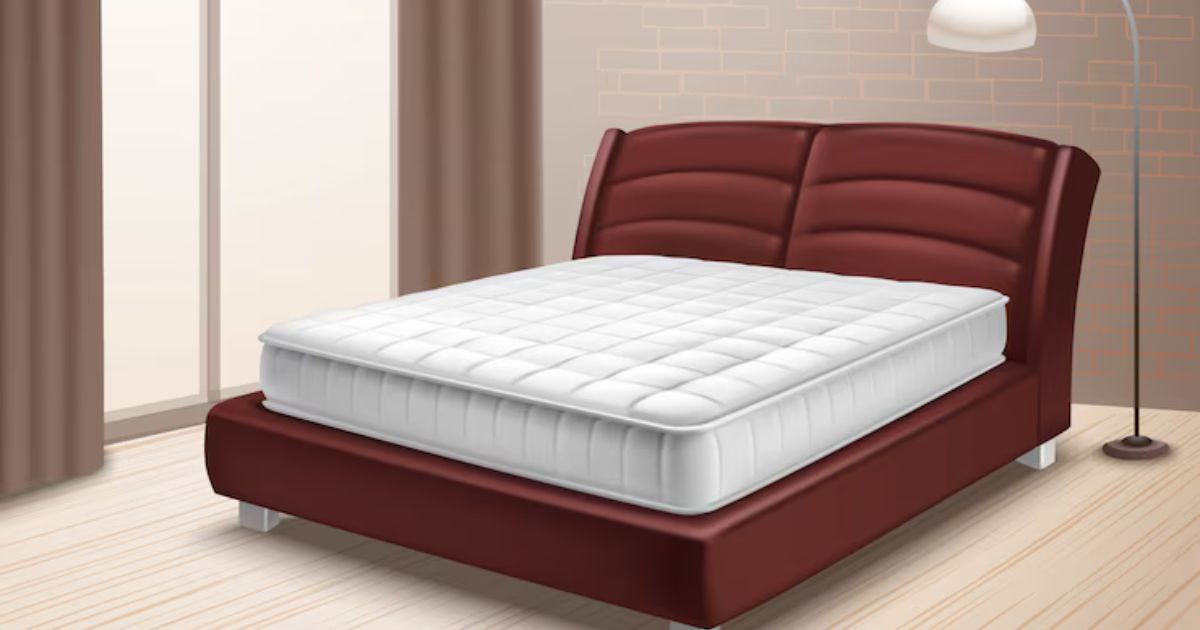Upholstered furniture is a staple in modern homes, combining comfort, style, and function in ways that bare furniture cannot. The term “upholstered” refers to furniture covered with padding, springs, webbing, and fabric or leather. From plush sofas to cozy armchairs, upholstery has transformed how we experience our living spaces. This article explores everything from the history of upholstery to tips on maintenance and design, offering insights for homeowners and interior design enthusiasts alike.
Origins and Evolution of Upholstery
The practice of upholstering furniture dates back to ancient Egypt, but it flourished during the Renaissance period when opulent materials were used to show wealth. Over time, upholstery evolved with new materials, techniques, and technologies, moving from hand-stitched horsehair padding to modern foam and fabric blends. Today, it blends luxury and practicality, fitting into both minimalist and maximalist interiors.
Why Upholstered Furniture Matters Today
Upholstered pieces are more than just decorative—they offer physical comfort and support. In an age where people spend significant time working from home, having furniture that supports posture and relaxation is crucial. Upholstered furniture can elevate the mood of a room, introduce texture, and absorb sound, making it essential in both residential and commercial spaces.
Different Types of Upholstered Furniture
From sofas and armchairs to ottomans and headboards, upholstered furniture spans many forms. Sectional sofas are great for family spaces, while accent chairs can add personality to a reading corner. Upholstered dining chairs mix comfort and style for long meals or entertaining guests. Each type offers a unique aesthetic and function.
Popular Upholstery Materials
Fabric choices dramatically influence the look and durability of upholstered pieces. Cotton and linen are breathable and natural, perfect for soft settings. Velvet adds luxury with its rich texture and depth. Leather remains timeless and easy to clean, though it can be expensive. Synthetic fabrics like polyester and microfiber offer stain resistance and are popular for families or pet owners.
Choosing the Right Upholstery for Your Home
Selecting the right upholstery involves considering lifestyle, room function, and style preferences. For high-traffic areas, choose durable and easy-to-clean fabrics. For a more formal room, opt for velvet or silk. Color also plays a role—neutrals offer versatility while bold patterns or hues can create a statement piece.
Benefits of Upholstered Furniture
Upholstered furniture brings undeniable comfort, thanks to its cushioning and soft surfaces. It also helps regulate room acoustics by dampening sound. Additionally, upholstery protects internal frame structures, enhancing the longevity of the piece. Style-wise, it allows for endless customization—through fabric, tufting, or trimming details.
Customization and Personal Expression
With upholstered furniture, customization possibilities are endless. Clients can choose the fabric, color, stitching style, cushion firmness, and even leg type. This allows a unique reflection of personal style. Custom upholstery ensures that furniture isn’t just a utility but an expression of personality and taste.
Upholstered Furniture in Interior Design
Designers use upholstered furniture to define zones within a room and create focal points. A bold velvet couch can command attention in a living room, while a tufted headboard can soften the look of a minimalist bedroom. Matching or contrasting upholstery can create a cohesive design flow or inject vibrancy into the space.
Maintenance and Cleaning Tips
Maintaining upholstered furniture involves regular vacuuming to remove dust and debris, rotating cushions to prevent uneven wear, and prompt spot cleaning of spills. For deep cleaning, steam cleaning or professional services may be required. Always follow manufacturer care instructions for optimal longevity.
Common Upholstery Problems and Solutions
Over time, upholstered furniture may sag, lose shape, or show stains. Sagging can often be fixed by replacing foam or adding support straps. Stains may be removed with mild detergent or specialized fabric cleaners. Pilling and fraying can be minimized with fabric shavers or reupholstery if damage is severe.
Eco-Friendly Upholstery Options
Environmentally conscious consumers now seek upholstery options that reduce carbon footprints. Sustainable materials like organic cotton, recycled polyester, and eco-leather offer comfort with minimal environmental impact. Additionally, some companies use non-toxic dyes and low-VOC adhesives, promoting healthier indoor air quality.
Cost Considerations of Upholstered Pieces
Prices vary depending on material, craftsmanship, and size. Custom pieces cost more due to labor and personalization. However, investing in quality upholstered furniture can be more economical long term, as they tend to outlast cheaper, mass-produced alternatives. Consider it a blend of functionality and financial prudence.
Reupholstering vs. Buying New
Reupholstering is a great way to breathe new life into a beloved piece. It’s often more sustainable and cost-effective than buying new. Sentimental or antique pieces with solid frames are perfect candidates for reupholstery. However, if the internal frame is damaged or you desire a completely new look, replacement might be more sensible.
How to Spot Quality Upholstered Furniture
A good upholstered piece feels firm yet plush, sits evenly on all sides, and doesn’t squeak or wobble. Quality stitching, reinforced joints, kiln-dried hardwood frames, and high-density foam are all signs of durable construction. When shopping, test the piece in-store, inspect the details, and ask about the warranty.
Upholstered Furniture for Commercial Use
In hospitality and office settings, upholstered furniture combines branding with functionality. Hotels use it to project luxury and comfort; offices use ergonomic upholstered chairs for employee health. These pieces are often treated with commercial-grade fabric and stain-resistant coatings to withstand heavy use.
Upholstered Trends in 2025
Design trends are embracing bold colors, curvy silhouettes, and textured fabrics. Expect to see more boucle, jewel-toned velvets, and layered upholstery combinations. The return of Art Deco and Mid-century Modern elements has also influenced the use of geometric patterns and metallic accents on upholstered furniture.
Upholstery and Emotional Comfort
There’s more to upholstery than physical ease—it also offers emotional comfort. Soft furnishings evoke warmth and familiarity. Whether it’s the sofa where family gathers or the cozy chair you read in every night, these pieces play a central role in creating a welcoming, lived-in home.
Conclusion
Upholstered furniture is an essential part of modern living. From timeless elegance to everyday practicality, it offers both form and function. With so many choices in style, material, and construction, there’s something for everyone—whether you’re decorating a studio apartment or a large estate. By understanding the design, benefits, and care of upholstered furniture, you can make smarter choices that enhance your home for years to come.
FAQs
What is the most durable upholstery fabric for homes with pets?
Microfiber and leather are highly recommended for homes with pets due to their durability and stain resistance.
How often should I clean upholstered furniture?
Light vacuuming weekly and professional deep cleaning once a year is ideal for maintaining your furniture.
Can I reupholster a piece myself?
Yes, but it requires skill and tools. DIY is possible for small items like chairs but large pieces are best left to professionals.
Are upholstered beds a good investment?
Absolutely. They add comfort, elegance, and a focal point to your bedroom while supporting good sleep posture.











